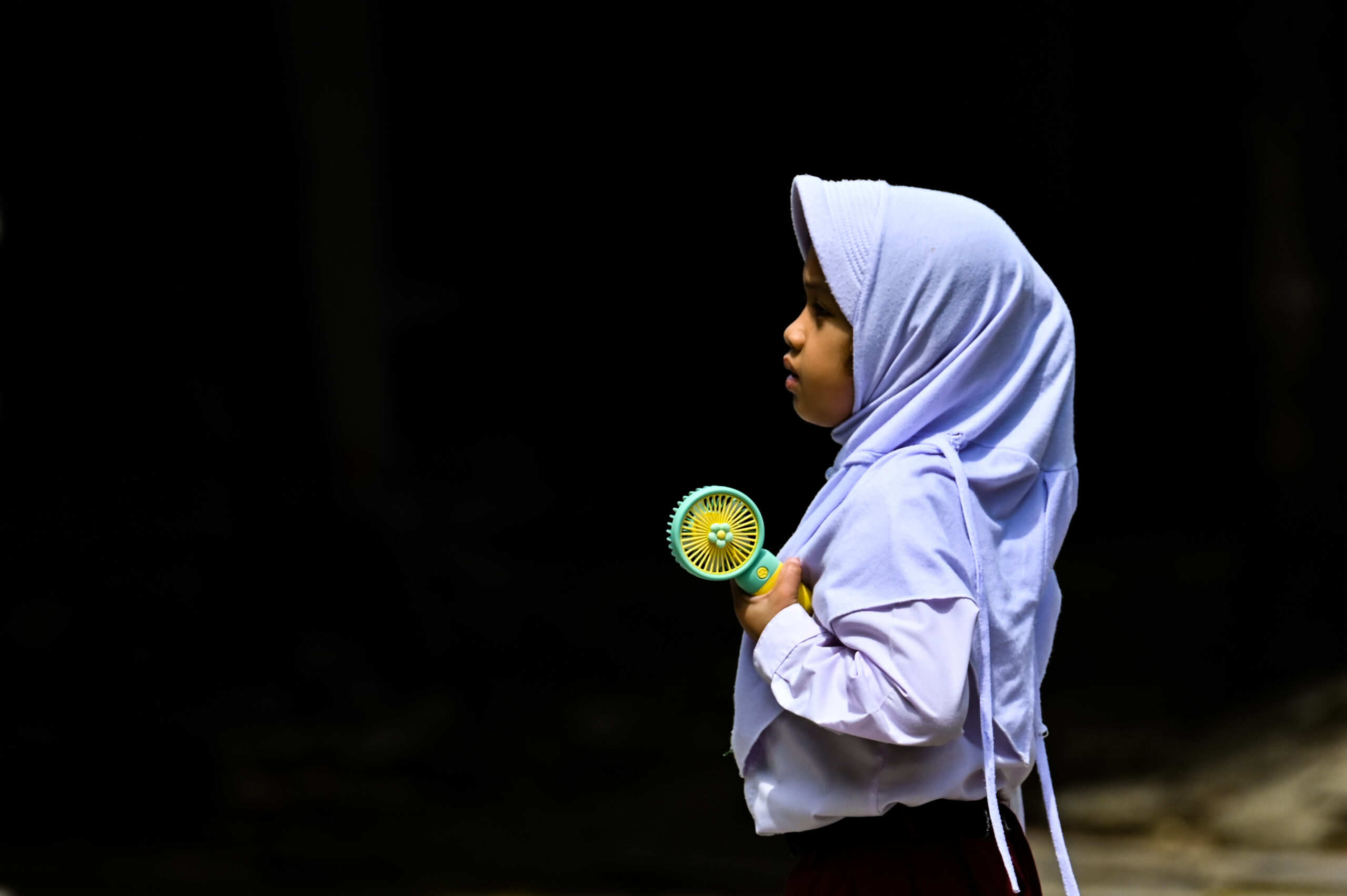As the dry season nears an end in the Mekong region, flashpoints have threatened to send thermometers to the breaking point.
Extreme heat waves battered Southeast Asia from April to May, with temperatures rising upwards of 45°C and setting harsh new records in Thailand, Laos, Cambodia and Vietnam. As meteorologists track worldwide warming trends, the UN warns temperatures in Asia-Pacific are rising faster than the global average, adding to a climate crisis that experts say Southeast Asia is not prepared for.
Those already living in poverty are left feeling the heat the most.
“Globally, 2023 is forecast to be the hottest year on record and we have already seen records falling all over Southeast Asia,” said Laurie Parsons, a lecturer in human geography at Royal Holloway, University of London, who focuses on intertwined climate and labour issues. “But in livelihood terms the worst may well still be to come.”
Local Outlook


Much of Southeast Asia falls within the tropical climate zone, meaning temperatures are usually above 25°C year-round and, in the hottest months, can briefly rise above 40°C.
But even with those historic highs, recent temperatures stand above and beyond. In the Mekong basin, neighboring nations set back-to-back records of sweltering heat through April and May.
On 14 April, Thailand breezed past their national record, clocking in with a temperature of 45.4°C, which marked the first time the country recorded heat above 45°C.
A few weeks later, Laos and Vietnam set dual records on 6 May posting 43.5°C and 44.2°C respectively. The next day, Cambodia recorded the hottest day ever in the month of May with a temperature of 41.7°C.
Experts say it’s only going to get worse.
“Extreme weather events will increase in frequency and intensity – so will heatwaves and the associated impacts,” said Tiziana Bonapace, the director of disaster risk reduction with the UN Economic and Social Commission for Asia and the Pacific.
Bonapace added that such heat waves will likely go hand-in-hand with droughts.
She believes an early warning system to alert the public of impending extreme heat could mitigate its danger to vulnerable populations such as the poor, the elderly and the very young.
Most regional governments already have ongoing initiatives to mitigate rising temperatures by upping investments in green energy and warning systems for some extreme weather events.
But as it stands, Mekong-region countries don’t yet have the infrastructure and services needed to meet the challenges presented by a warming climate. That’s especially true where heat presents a risk to the livelihoods of society’s most vulnerable, who are more likely to work outdoors or otherwise in manual labour.
“They are people that live on the subsistence line, and they live on daily earnings,” Bonapace said. “Being absent from their daily economic activity means no income for that day.”
The physical risk posed by extreme heat is the combination of heat and humidity which creates the “heat index”, according to Parsons. The index reflects the ability of the body to cool itself, with personal risk increasing with the two related factors.
“From April to May, temperature generally drops by less than humidity rises, so it can be a very dangerous time for workers doing strenuous work,” said Parsons, who published an investigation last year into how the global garment industry affects vulnerable populations in Cambodia.
The government there is updating its occupational health and safety regulations, but this remains a work in progress.
“How comprehensive or effective this turns out to be, we will see,” Parsons said. For vulnerable workers, he added, “as of now, they are largely on their own.”
Regional Outlook


While the effects of climate change are felt around the world, the UN reports that over the past 60 years temperatures in the Asia-Pacific region have increased faster than the global average.
Without decisive action, climate change will increasingly drive poverty and inequality across the region.
Heat waves, which Bonapace classifies as “slow-onset disasters,” are to a large extent predictable. Authorities generally know the areas, timeframe, and people most likely to be affected.
Even just a 24-hour warning of a heatwave can cut ensuing damages by 30%, Bonapace says. But even with an early warning, without proper social welfare protections the cyclical nature of poverty may keep vulnerable populations at risk.
Those who rely on daily wages may still subject themselves to unsafe working conditions for fear of losing out on a day’s wages, she said. To combat this, Bonapace believes governments should learn from the Covid-19 pandemic and implement a social protection scheme for periods of extreme heat.


But for many countries in the region, this will be easier said than done.
With that, rising temperatures are likely to be especially dangerous in countries such as Cambodia where social welfare laws are yet to be implemented and at-risk sectors – including the garment industry, but also agriculture and construction – dominate the national economy.
“Those with the least privilege tend to have the least capacity to choose and shape their environments, so they end up facing the worst impacts of the climate in the short and long term,” Parsons said. “In a country like Cambodia, poverty, climatic hazards and ill health become a vicious cycle.”


